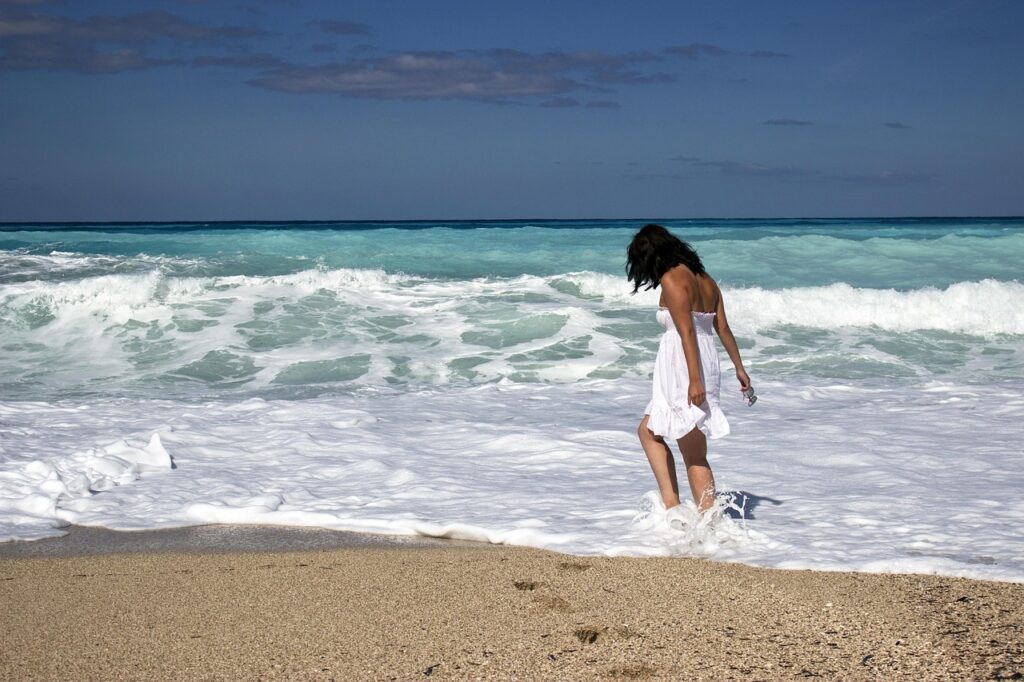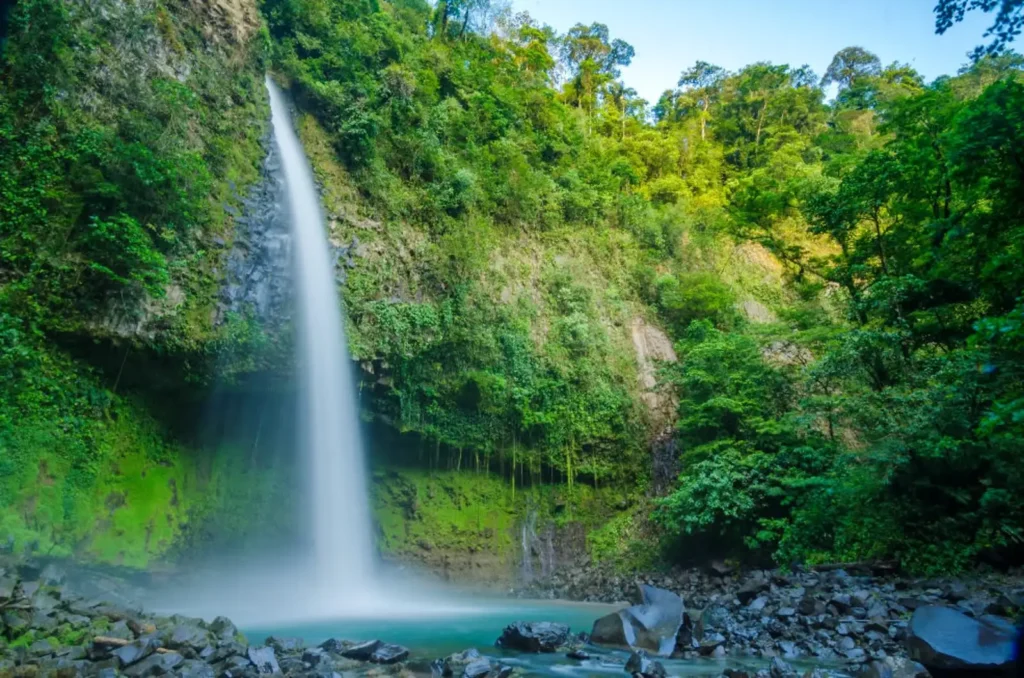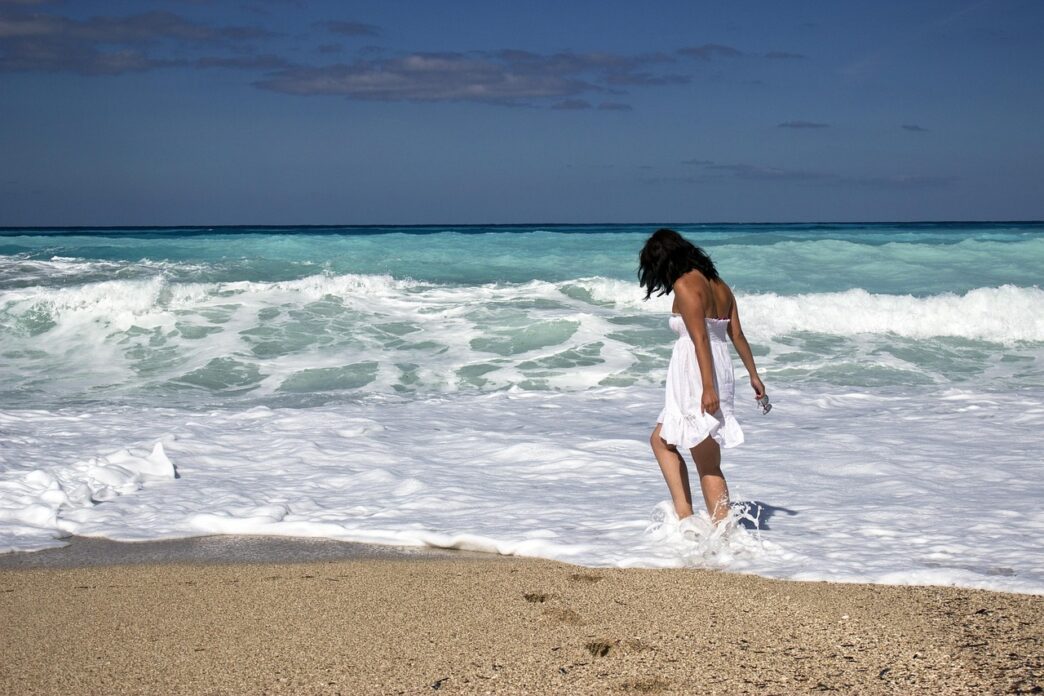
Thinking about heading to Costa Rica on your own as a woman? You’re not the only one. Safety is usually the first question that comes up, and for good reason. The country gets millions of visitors a year, and many of them are women traveling solo.
The short answer: Costa Rica is one of the safer bets in Latin America, but like anywhere, you’ll want to stay alert and use common sense. Here’s what recent reports, local sources, and other travelers have to say.
Overall Safety Picture
Costa Rica regularly ranks as one of the most stable countries in the region. Compared to its Central American neighbors, rates of violent crime are low, and the country invests heavily in tourism infrastructure. Travelers often describe locals as warm, approachable, and eager to help.
But the country isn’t free of risks. Petty theft is the most common issue. Bags left on beaches, phones on restaurant tables, or valuables on buses are easy targets. Police and local tourism agencies caution visitors about this, especially in San José bus stations and in popular surf towns like Jacó or Tamarindo. Harassment, mainly catcalls or unwelcome comments, is reported in urban areas and occasionally in beach towns. Most women say it rarely escalates beyond verbal, but it can be uncomfortable. Knowing a few short phrases in Spanish helps in drawing firm boundaries.
When it comes to physical attacks, statistics show they are rare, but cases do exist. Police tourism units have increased patrols in areas with high tourist flow, and the Costa Rican Tourism Board now promotes certified “Safe Lodging” programs that aim to make hotels more secure and welcoming for women. Spanish sources back this up, noting that while risks exist, the overall environment supports women traveling alone if they take basic steps.
You fly into either San José or Liberia, and from there, the road ahead feels open. The country’s size makes it easy to cover key spots in a week or two without feeling rushed. National parks cover a quarter of the land, so nature stays central to any plan.
Voices From Travelers
Many solo travelers describe their experiences as positive. Reports from Reddit threads, backpacker blogs, and Spanish Facebook groups all point to the same themes: friendly locals, a supportive traveler scene, and a feeling of independence.
One traveler wrote about taking public buses solo from La Fortuna to Monteverde and said the experience felt straightforward, if basic. Another woman noted she spent weeks in Puerto Viejo without problems, though she always avoided isolated streets at night. Hostels often get praise for making it easy to join group tours or meet hiking partners, whether in Manuel Antonio or the cloud forests of Monteverde.
Spanish-language travelers’ groups also talk about this. Women frequently comment that Costa Rica feels “safer than parts of Europe” so long as you avoid leaving valuables unattended and keep alert in crowded transport areas.
Some posts also highlight how direct kindness from locals—like being offered advice or small favors—might surprise visitors from countries with more reserved social norms, but most note it’s genuine. One account from a Spanish blog detailed a solo hike in Arenal where a local guide shared trail tips unprompted, turning a quiet walk into a connected moment.
I’ve talked to women who started nervous but ended up extending their stays. They mention the ease of linking up with other solos at yoga classes or beach volleyball games. The shared spaces in hostels or eco-lodges create natural spots to chat and plan next moves together.
Practical Safety Tips
Traveling alone in Costa Rica is very doable, but a few smart habits make a big difference. Most advice from experienced travelers boils down to staying alert, blending in, and having a plan for how you move around. With the right precautions, you can avoid common pitfalls like theft or hassles with transport.
Move smart after dark. Stick to well-lit areas and avoid beaches or long trails at night. In cities, use ride apps like Uber or DiDi instead of hailing cabs. Watch your belongings. Anti-theft bags or money belts help. Keep valuables with you on buses and don’t leave items on the sand when you swim.
Group up when possible. Join tours for activities like ziplining, surfing lessons, or volcano hikes. Safety is one benefit, but it’s also the easiest way to meet other travelers. Learn some Spanish. Basic phrases help if you feel uncomfortable (a firm “No, gracias” works). Locals appreciate the effort and it makes daily moves smoother.
Stay connected. Buy a local SIM at the airport. It’s inexpensive and keeps you online for maps, contacting rides, or emergencies. Emergency number is 911, and there’s also a specialized hotline called “911 Mujer” with operators trained for women in distress situations.
Pick the right neighborhoods. In San José, areas like Escazú or Barrio Amón have more secure hotels. Outside the capital, small tourist hubs like La Fortuna or Monteverde are considered safer for solo stays. Transit awareness. Popular tourist shuttles like Interbus or EasyRide are safer than night buses, which women’s forums in Spanish consistently advise against.
Pack light but smart: Comfortable walking shoes for uneven paths, a reusable water bottle, and layers for cooler highlands. Insect repellent goes everywhere—mosquitoes carry risks like dengue, so cover up at dusk. Bottled water stays safe for drinking, and pharmacies stock any needed meds.
| Tip Category | Key Actions | Why It Helps |
|---|---|---|
| Night Movement | Use apps for rides; stay on main streets | Reduces exposure to isolated spots |
| Belongings | Use secure bags; never leave items unattended | Prevents petty theft, common on beaches and buses |
| Social Activities | Book group tours; chat at hostels | Builds connections and adds safety in numbers |
| Communication | Get a local SIM; learn basic Spanish | Eases emergencies and daily interactions |
| Accommodation | Choose certified safe lodgings | Offers better security in tourist areas |
This table sums up the basics—print it or save it for quick reference.
Best Destinations for Solo Women

Not all towns in Costa Rica feel the same for solo travelers. Some offer structured tours, social hostels, and easy ways to meet others, while a few require more caution. Knowing which areas have a welcoming setup helps you choose places where traveling solo feels straightforward and comfortable.
La Fortuna: Accessible and full of structured tours, from waterfall hikes to hot springs. Hostels here are known for community feel. You wake up to volcano views and join morning yoga or coffee plantation walks with ease.
Manuel Antonio: Beach plus wildlife. Easy to find daytime tours and group dinners at hostels or eco-lodges. Monkeys swing overhead as you hike short trails, and the national park entrance has rangers on site.
Monteverde: Peaceful, nature-focused. Guided hikes and suspension bridges make it popular with solo visitors. The mist adds a quiet touch, and coffee tours often pair you with others for the day.
Tamarindo: Surf town atmosphere with good beginner classes and social hostels. Safer in the daytime; use caution at night and keep to busier streets. Lessons end with beach chats, turning strangers into quick friends.
Puerto Viejo: Laid-back but some visitors note more street harassment here than elsewhere. Women report that traveling in pairs or small groups after dark works best. The Caribbean side brings reggae beats and bike rides along the coast.
Other spots like Arenal offer hot springs soaks after hikes, while Osa Peninsula draws those seeking remote beaches with guided boat trips. Stick to established paths and book ahead for remote areas to avoid solo overnights in unmarked spots.
| Destination | Main Draws | Solo Notes |
|---|---|---|
| La Fortuna | Volcano hikes, hot springs | Easy group tours, social hostels |
| Manuel Antonio | Beaches, monkeys | Daytime safety, park rangers |
| Monteverde | Cloud forests, bridges | Guided nature walks |
| Tamarindo | Surfing, beaches | Day safe; night caution |
| Puerto Viejo | Caribbean coast, bikes | More harassment; group after dark |
Use this to map your route—start in the central areas for confidence building.
Common Concerns Answered
Every destination comes with questions, and Costa Rica is no different. From crime and transport to weather and cultural differences, solo travelers often want to know what to expect before they book. Breaking down the most frequent worries makes it easier to put risks in context and focus on enjoying the trip.
Crime: Mostly related to theft. Violent incidents are uncommon but not impossible. Smart habits minimize risks. Transport: Roads can be rough, but rental cars give independence. Shared shuttles are a reliable option. Public buses are safe in the daytime, less so at night.
Natural factors: Heavy rain during green season (May–Nov) can disrupt travel. Landslides occasionally cause delays. Guides are quick to cancel tours if conditions look unsafe. Cultural fit: Expect open friendliness, sometimes flirting. A clear and polite refusal usually ends unwanted conversations.
Health stands out too. Tap water varies by area—stick to bottled in rural spots. Vaccinations for hepatitis and typhoid make sense; check with a doctor before leaving. Sun exposure hits hard, so hats and sunscreen protect during long beach days.
Women often ask about solo dining or nightlife. Beachfront spots fill with groups, but you sit at communal tables or bars without issue. Live music draws crowds, and you join dances if you want. Spanish forums stress trusting your gut—if a bar feels off, head back to your lodging.
Why Solo Travel Works in Costa Rica
Costa Rica is set up for independent travelers. Hostels, tour companies, and transport shuttles are all designed with flexibility in mind. That makes it easier to move around without constantly arranging private services. Health-wise, drink bottled water if you’re uncertain, and always carry insect repellent against mosquitoes.
For first-timers, Costa Rica works well for a shorter solo trip. Flying into Liberia quickly connects you to the Pacific beaches, while San José’s airport puts you near volcanoes and national parks. You cover diverse spots: rainforests one day, dry coast the next.
The “Pura Vida” attitude shows in small ways—locals wave as you pass on foot, or share fruit from roadside stands. This openness helps solo women feel less isolated. Tours often include women-only options, like yoga retreats or birdwatching groups, adding layers of comfort.
Extend your days with self-guided activities. Rent a bike in town centers for short explorations, or paddle a kayak in calm bays. The country’s size—about the length of California—lets you pick a region and settle in, building routines that feel secure.
Final Take
Solo women travelers say Costa Rica is safe, friendly, and welcoming, but still demands awareness. It’s not a place where you can completely let your guard down, yet problems are far more likely to involve a missing phone than anything serious. The country’s tourist infrastructure, community of other travelers, and strong local hospitality add up to a destination where traveling alone as a woman is very possible—and often enjoyable.
Prepare, trust your instincts, and you’ll see why so many women recommend Costa Rica as a top spot for an independent trip. You step off the plane ready for beaches, hikes, and quiet moments that recharge you. The roads lead to sloths in trees and waves at your feet—take them at your pace.

